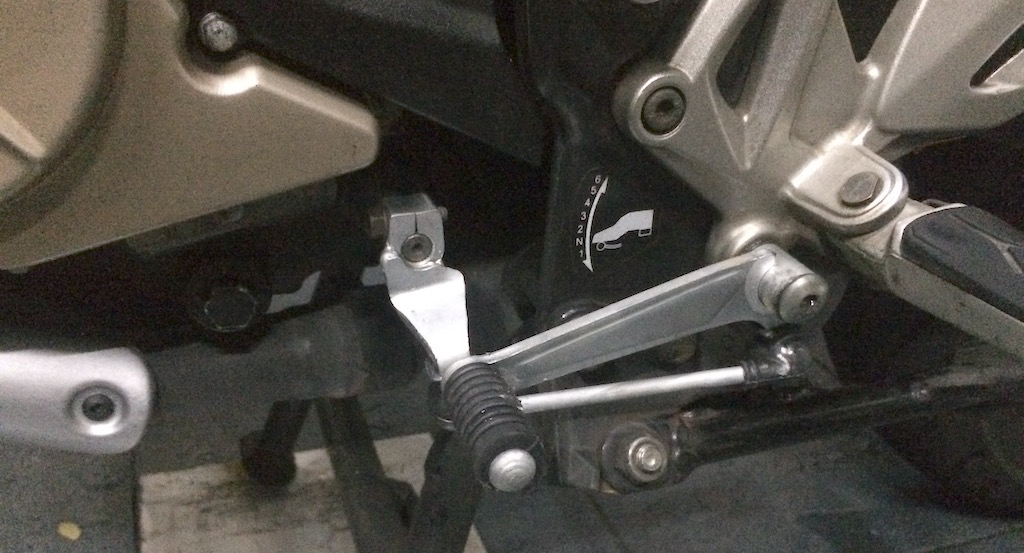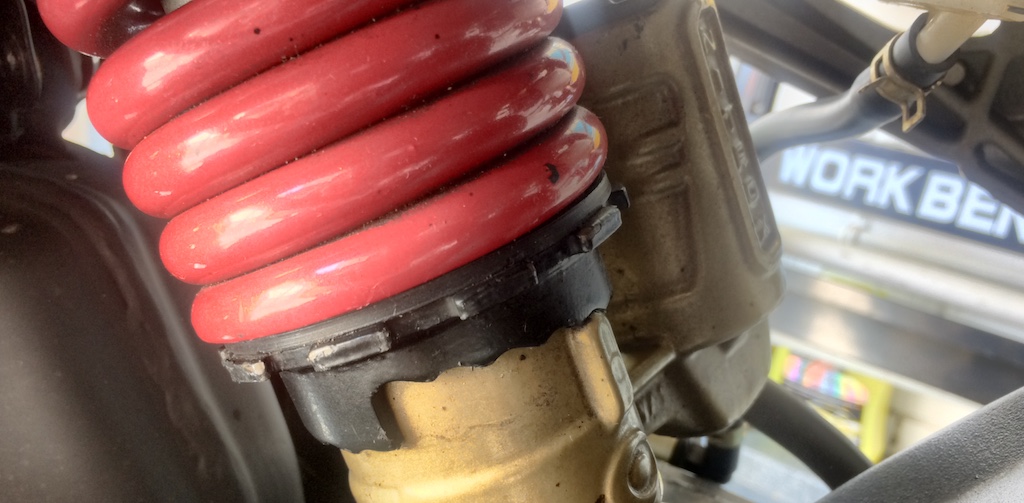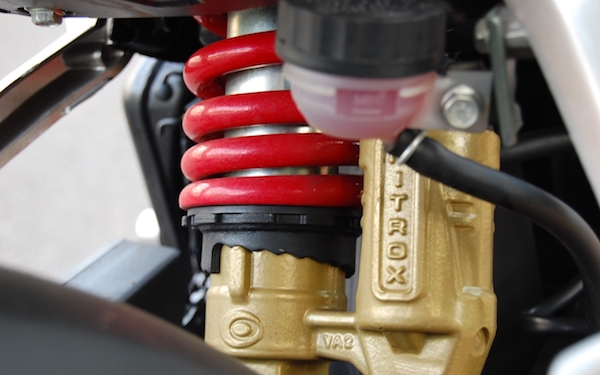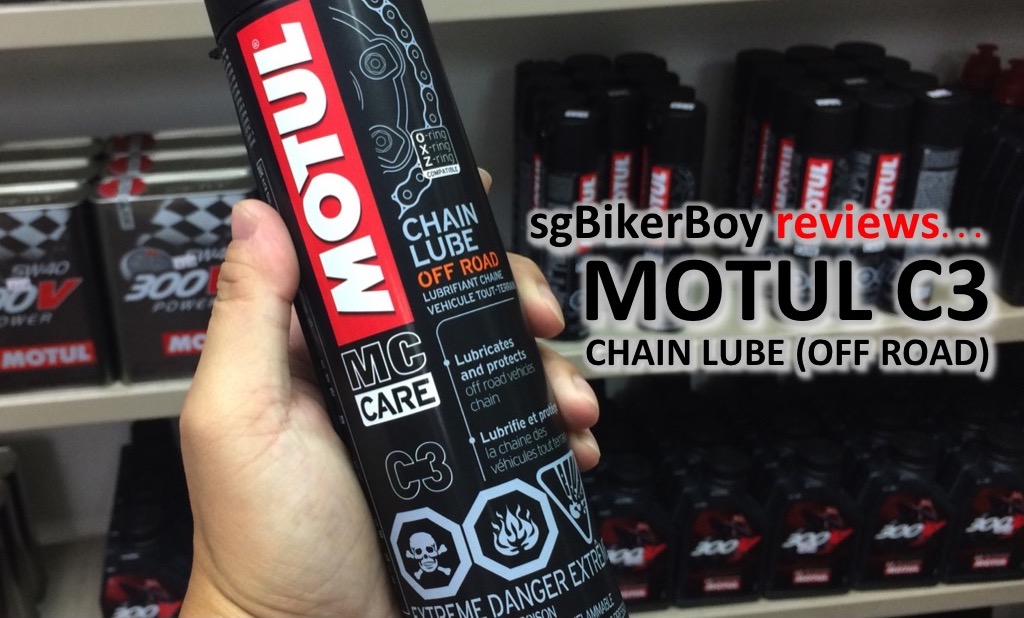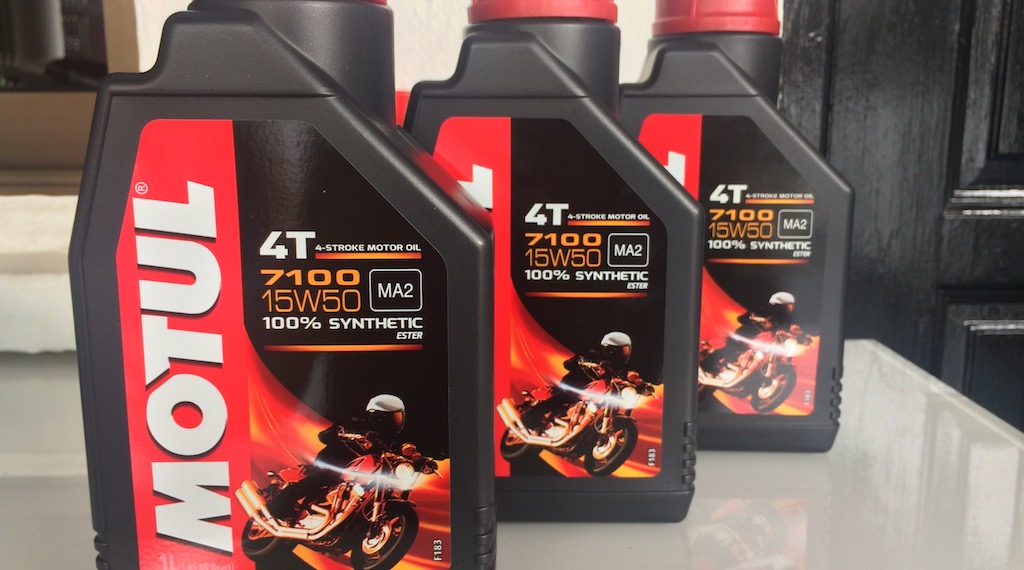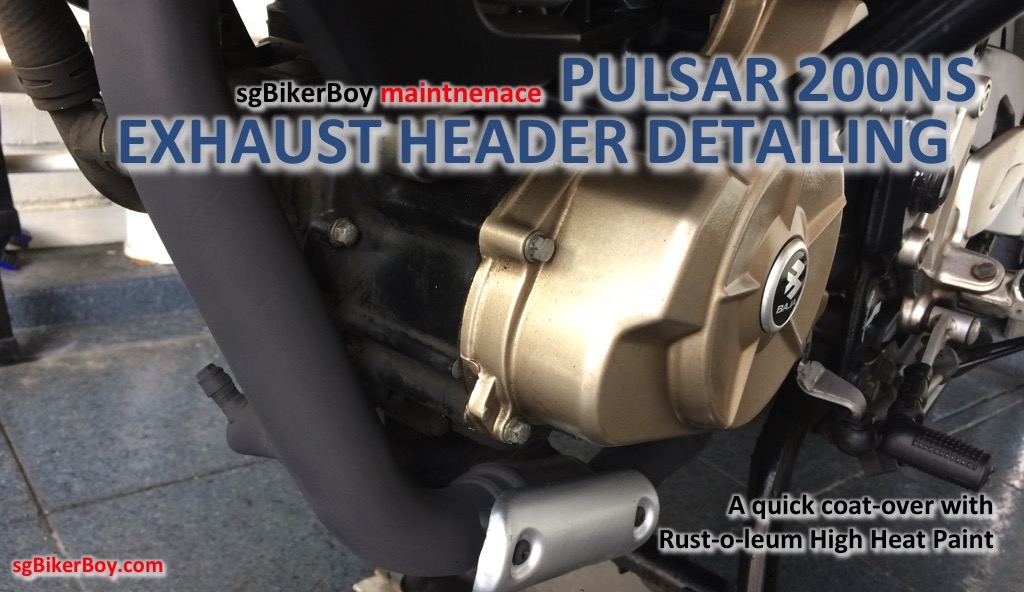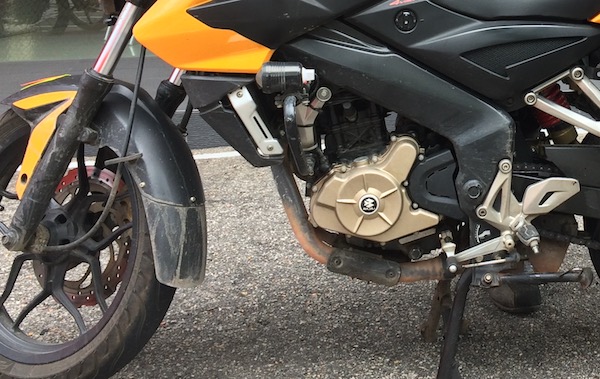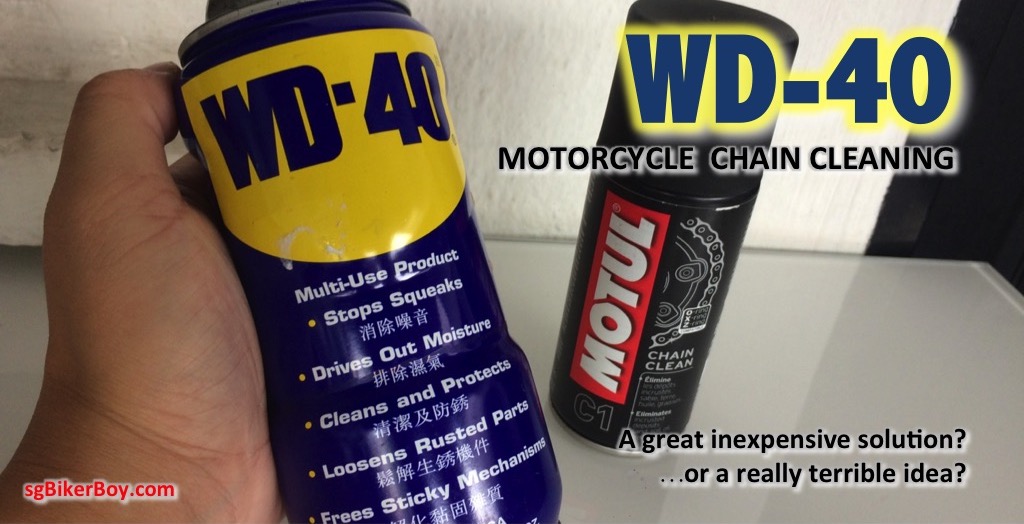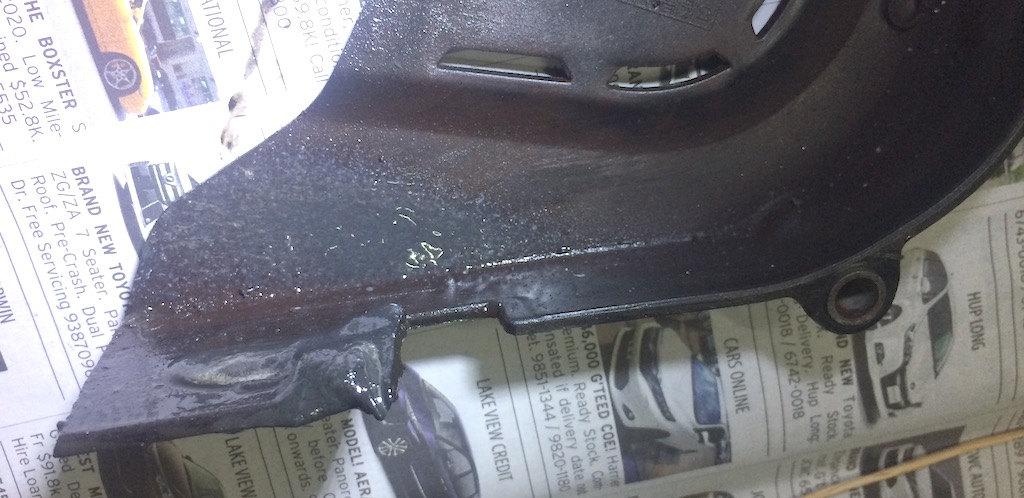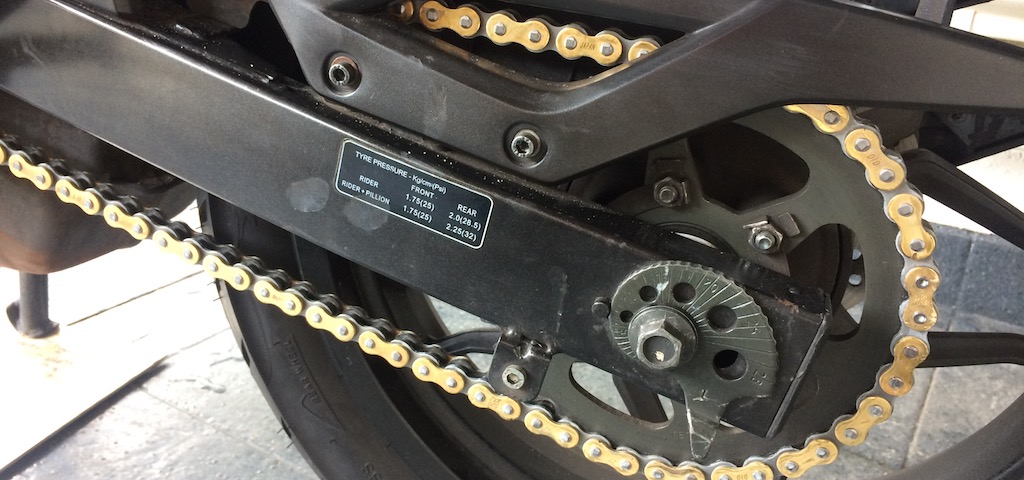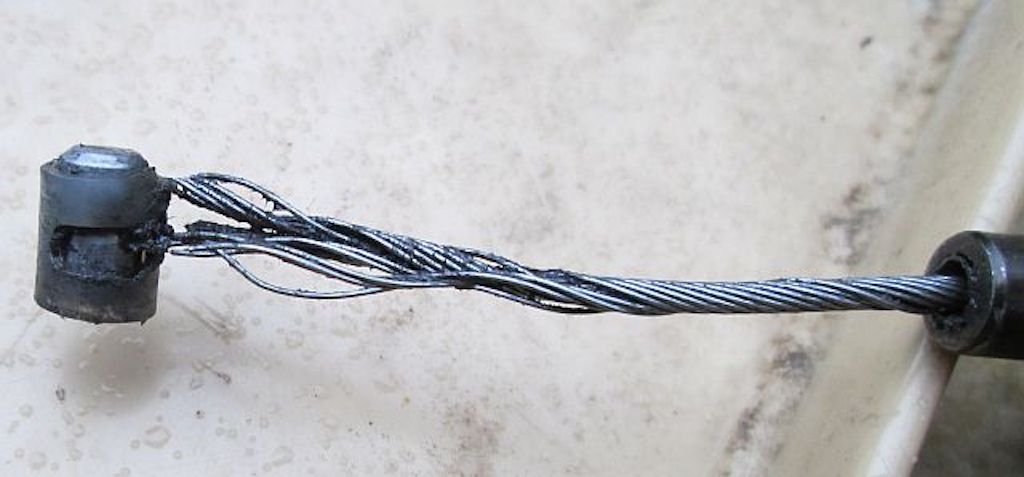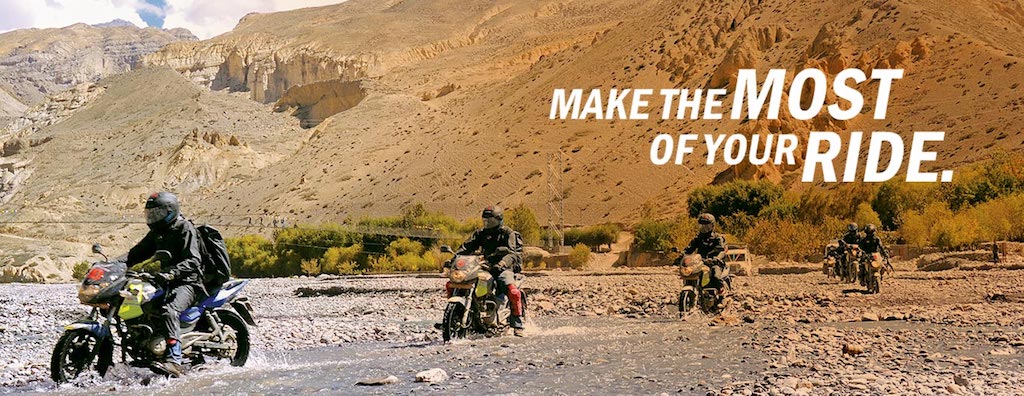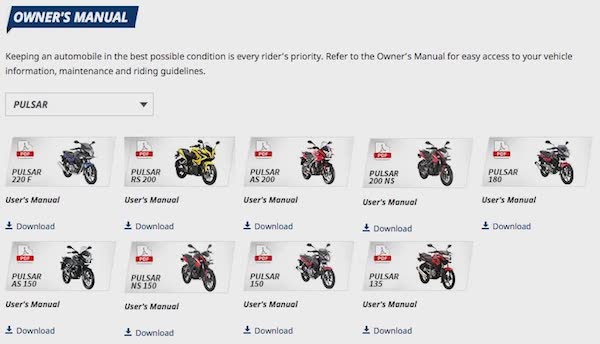During my recent Sunday Morning Ride to Layang-layang, I experienced a gear shift issue on the Pulsar. Well, for some time now, I thought the gearshift on the 200NS felt strange. After the recent 2,000km run to Betong, Thailand and back, I thought that the gearshift felt kind of harsh. Initially, I attributed it to possibly spent oil. Although it was a mere 2,000km, I was running at high RPM’s for extended periods of time. And so when I returned to Singapore, I performed an engine oil change. Unfortunately, even the fresh oil – Motul’s fully synthetic 7100 – didn’t bring me the once-familiar super-smooth gear shift experience.
During the Layang-layang ride, it got worse.
Much worse.
At a juncture, I couldn’t downshift my bike! And I was forced to pull off from stationary on gear 2. Oh gosh! I hope it isn’t a gearbox issue. Now, THAT will be expensive repair.
So when I got back home, I visually inspected the gear shift area, and realised that Continue reading “Excessive gear lever play on the Pulsar 200NS”

